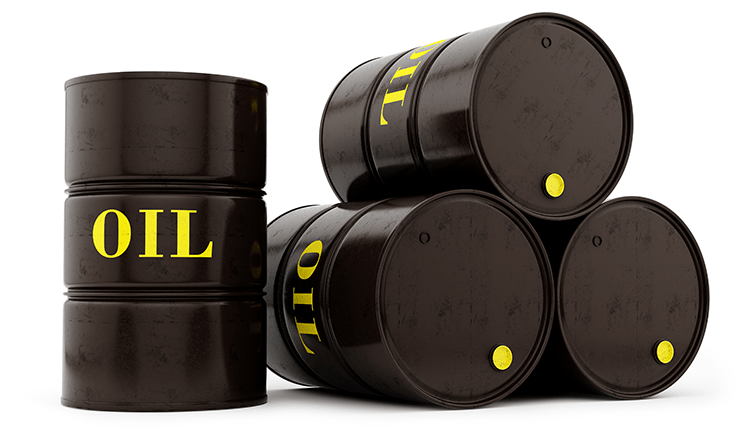Brent crude fell 11, or 0.3%, to $91.80 a barrel at 1:05 p.m. EDT (1805 GMT), after striking $99.50 on Tuesday, the highest after September 2014.
U.S. West Texas Intermediate (WTI) crude futures dropped 11 cents, or 0.1%, to $92.20 a barrel, after gaining $96 on Tuesday.
Moscow refuses to plan an invasion and has expressed warnings as anti-Russian hysteria. But it has taken no steps to revoke the troops deployed along Ukraine’s frontiers.
U.S. stocks dropped on Wednesday after giving up all of the opening gains as reports of cyberattacks on several Ukrainian state websites counted to fears.
Ukraine declared a state of emergency on Wednesday. It informed its citizens in Russia to flee while Moscow started evacuating its Kyiv embassy.
Oil prices climbed on Tuesday on fears that sanctions assessed by Western nations on Russia, behind it sent troops into two breakaway regions in eastern Ukraine, could hit energy supplies.
The United States, the European Union, Britain, Australia, Canada, and Japan were concentrated on Russian banks and elites. At the same time, Germany halted the certification of a gas pipeline from Russia.
Oil Prices Seeing Support from Crisis
But the United States made it clear that sanctions agreed, and those charged will not target oil and gas flows.
Nevertheless, analysts predict oil prices to continue seeing support from the Russia-Ukraine crisis. Some Western countries promise more sanctions if Russia launches a full invasion.
Stephen Brennock at brokerage PVM Oil stated that the prospect of more warfare in Ukraine should safeguard the geopolitical risk premium.
The potential return of more Iranian crude to the market weighed on prices; Tehran and world powers inch closer to restoring a nuclear agreement.
Yet analysts say there is little chance of Iranian crude returning to the market in the immediate future to reduce current supply tightness.
















